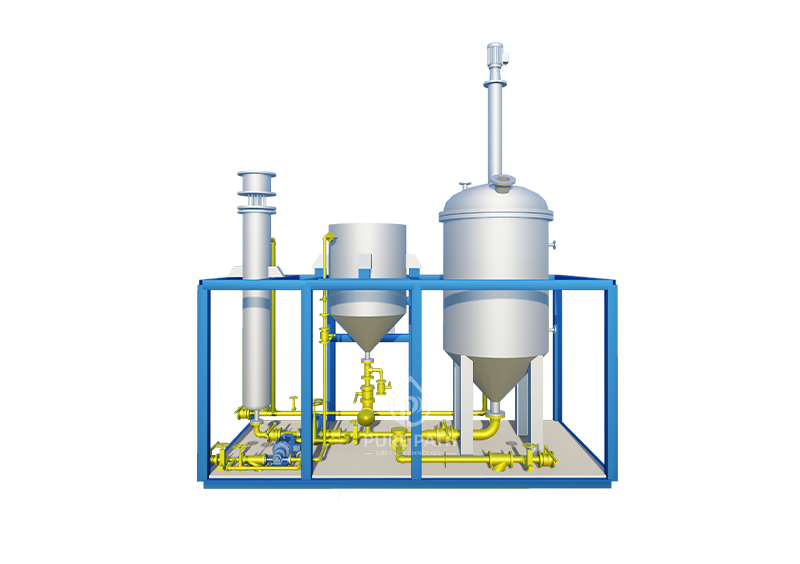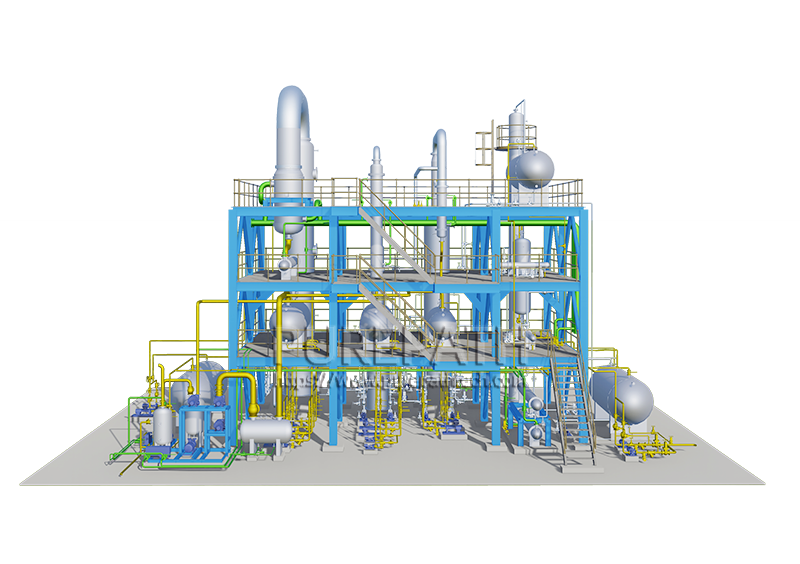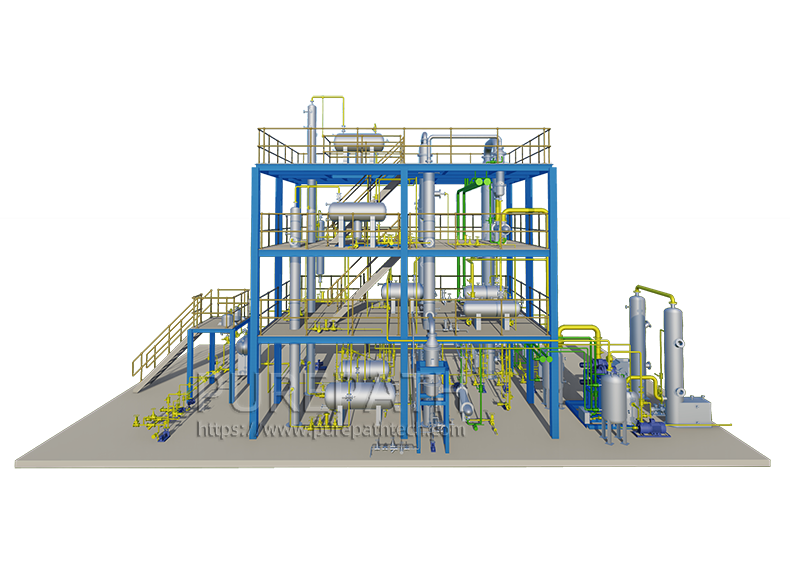The Science and Significance of Lubricant Oil Recycling through Solvent Extraction
Lubricant oil, a vital component in the seamless operation of machinery and engines across diverse industries, poses a significant environmental challenge when disposed of improperly. Used oil can become tainted with impurities, rendering it ineffective and hazardous. Lubricant oil recycling emerges as a pivotal solution to mitigate these environmental concerns. In this article, we delve into the concept of lubricant oil recycling, explore its importance, and elucidate the solvent extraction process, which plays a fundamental role in revitalizing used lubricant oil, making it fit for continued use.
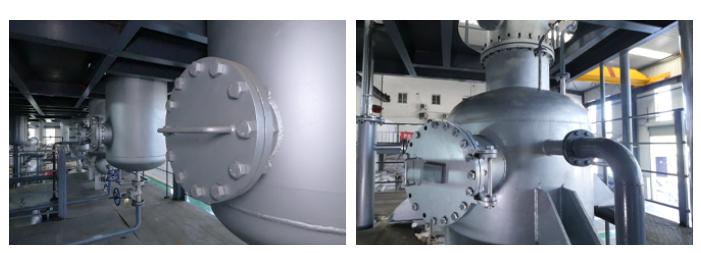
What is Lubricant Oil Recycling?
Lubricant oil recycling is the process of collecting, purifying, and reusing used lubricating oil to extend its lifecycle and minimize environmental impact. Unlike many other materials, lubricating oil does not lose its lubricating properties with use but rather becomes contaminated by impurities such as dirt, metal particles, and chemical byproducts. Recycling lubricant oil reduces the need for the disposal of used oil, conserves valuable resources, and decreases the environmental footprint associated with oil production and disposal.
Why is Lubricant Oil Recycling Important?
The recycling of lubricant oil is important for a number of reasons, including:
- Environmental protection: Used lubricant oil is a hazardous waste that can pollute the environment if not properly disposed of. Recycling used lubricant oil helps to reduce the amount of hazardous waste that is generated and protects the environment from pollution.
- Resource conservation: Lubricant oil is a petroleum-based product, and the production of new lubricant oil requires the extraction and refining of crude oil. Recycling used lubricant oil helps to conserve petroleum resources and reduce the environmental impact of lubricant oil production.
- Economic benefits: Recycling used lubricant oil is a cost-effective way to reduce the amount of new lubricant oil that needs to be purchased. This can save businesses and consumers money on lubricant costs.
What is Solvent Extraction?
Solvent extraction, also known as liquid-liquid extraction, is a process that uses a solvent to separate dissolved substances from a liquid mixture. The solvent is chosen based on its ability to dissolve the target substances and its immiscibility with the original liquid mixture.
In the context of lubricant oil recycling, solvent extraction is used to remove contaminants from used lubricant oil. The solvent is typically a hydrocarbon-based solvent, such as propane or hexane. The solvent is mixed with the used lubricant oil, and the mixture is then heated. This causes the contaminants to dissolve in the solvent and form a separate phase. The solvent phase is then removed from the oil phase, and the solvent is recovered and reused.
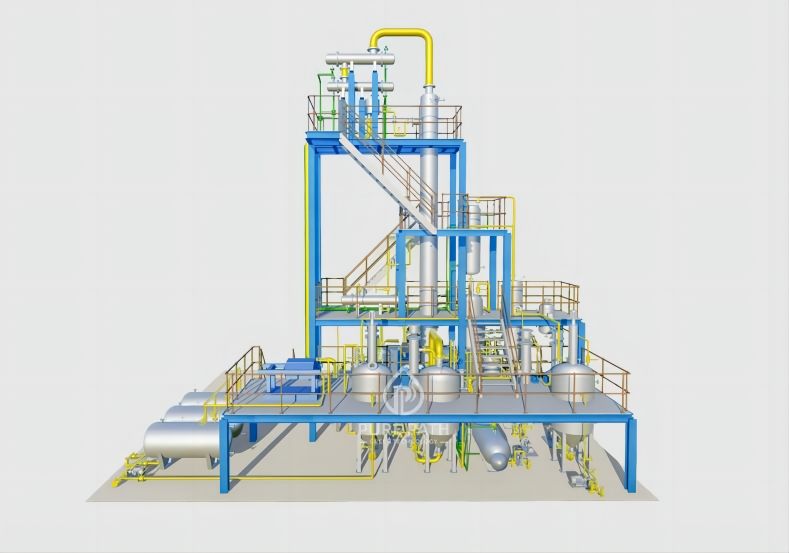
How Does a Solvent Extraction Plant Work for Lubricant Oil Recycling?
1. Collection and Pretreatment
The first step in the lubricant oil recycling process is the collection of used oil. This collected oil often contains impurities, including dirt, metal particles, and other contaminants. Prior to solvent extraction, the collected oil undergoes a pretreatment stage to remove gross impurities and free water. This ensures that the oil is in a suitable condition for further processing.
2. Solvent Selection
Solvent extraction requires the careful selection of a solvent that can dissolve the contaminants while leaving the lubricating oil intact. Common solvents used in lubricant oil recycling include naphtha, toluene, and heptane. The choice of solvent depends on the specific impurities in the used oil and their solubility characteristics.
3. Mixing and Separation
The next step involves mixing the contaminated oil with the chosen solvent. The solute contaminants dissolve into the solvent, forming a separate layer that can be separated from the lubricating oil. This separation is typically achieved through gravity settling or centrifugation.
4. Solvent Recovery
Once the contaminants are separated from the lubricating oil, the solvent is recovered for reuse in the solvent extraction process. This not only reduces the environmental impact of the recycling process but also lowers operating costs.
5. Refining and Quality Control
The lubricating oil recovered through solvent extraction may still contain trace impurities or solvent residues. To meet quality standards, the oil undergoes further refining processes, such as filtration, distillation, or hydrotreating. Quality control measures are employed to ensure the final product meets industry specifications and can be safely used as lubricating oil.
6. Reuse and Disposal
The rejuvenated lubricating oil is now ready for reuse, extending its service life and reducing the demand for new oil production. Any remaining waste or byproducts from the recycling process are disposed of in an environmentally responsible manner, adhering to local regulations and guidelines.
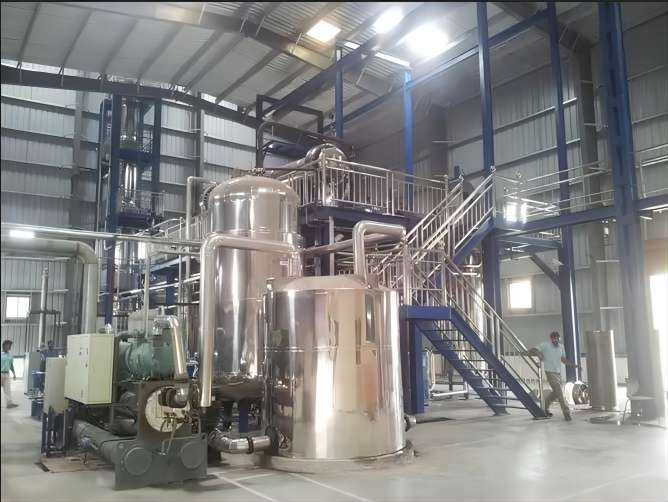
Conclusion
Lubricant oil recycling through solvent extraction is an effective and environmentally responsible approach to extending the life of lubricating oil while minimizing its environmental impact. The process not only reduces pollution and conserves valuable resources but also offers cost-saving opportunities for various industries. As the world becomes increasingly aware of the need for sustainability and responsible resource management, lubricant oil recycling, and solvent extraction will continue to play a critical role in addressing the environmental challenges associated with used oil disposal and production.


